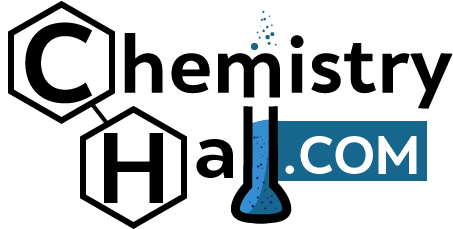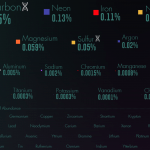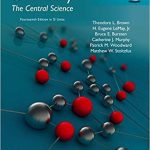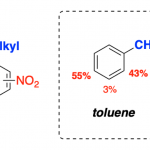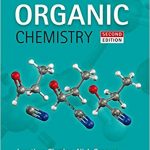The main mystery that “alchemists” historically wanted to solve is whether it is possible or not to turn lead into gold.
While not all historians agree, many consider alchemy to be the proto-science of chemistry, its forerunner. The transition from alchemy to chemistry is, in any case, a fuzzy one, and the decline in alchemy’s popularity more or less coincides with the rise of true or modern chemistry.
Since then, although no one puts much stock in alchemy as a science any longer, technology has advanced to the point today that one centuries-old dream of alchemy—turning other metals into gold—has finally become a reality.
In this post, we’ll look at how alchemy came to be, how the study of matter transitioned to the science of chemistry we know today, and how humans finally discovered how to turn lead into gold.
Ancient Examples of Chemistry
The dawn of what we would consider chemistry by modern standards did not take place until the 16th century at the earliest. However, whether they understood it or not, humans have been using the science to improve their lives for millennia.
Seemingly simple processes, like preserving foods or making soap, rely on chemical concepts that would not be fully understood until thousands of years after people started to use them. Later came more advanced techniques, such as extracting plant essences for medicines and perfumes, the ability to extract iron from iron ore, the science of metallurgy in general, and the creation of metal alloys (most notably, bronze, for which the Bronze Age is named) and glass.
Meanwhile, classical thinkers such as Empedocles and Democritus developed philosophical theories about the nature of matter, including the concept of the four elemental substances—air, water, earth and fire—and the theory of the atom, an indivisible and indestructible particle, respectively. Many principles from Greek philosophy would persist over the centuries in the now-burgeoning field of alchemy.
… [Read More]